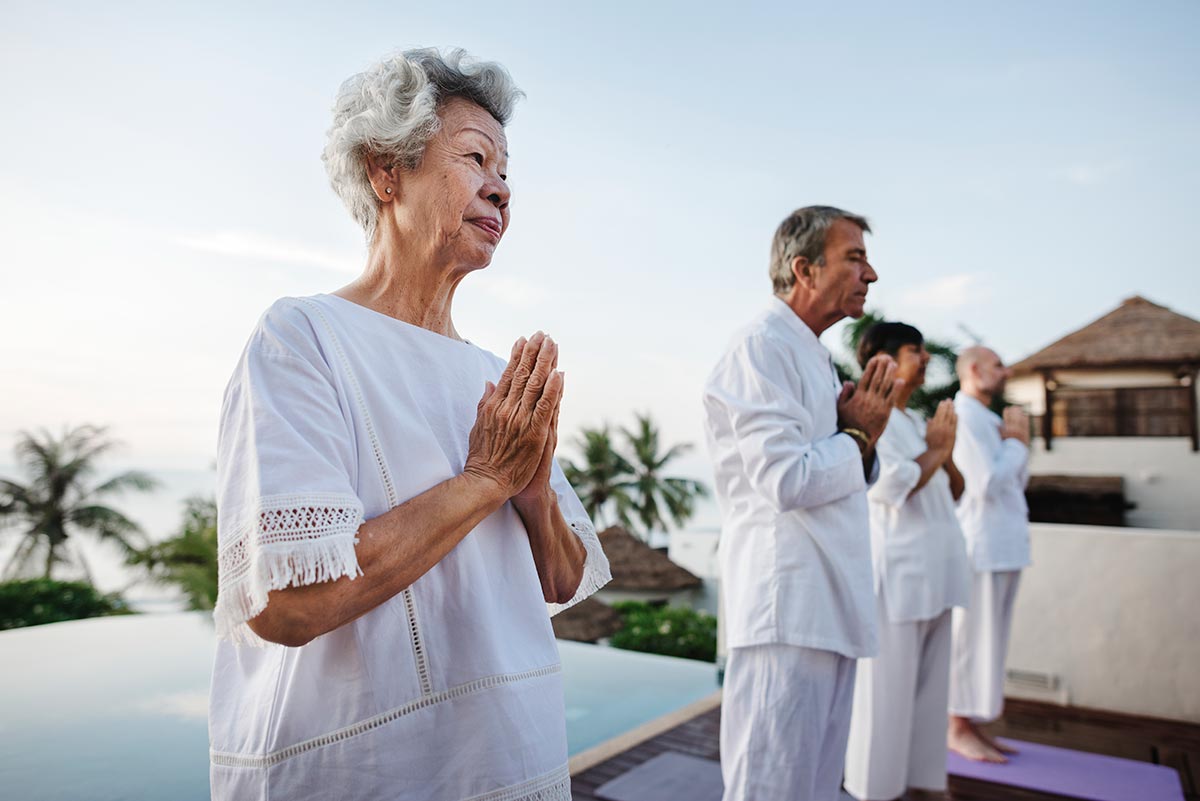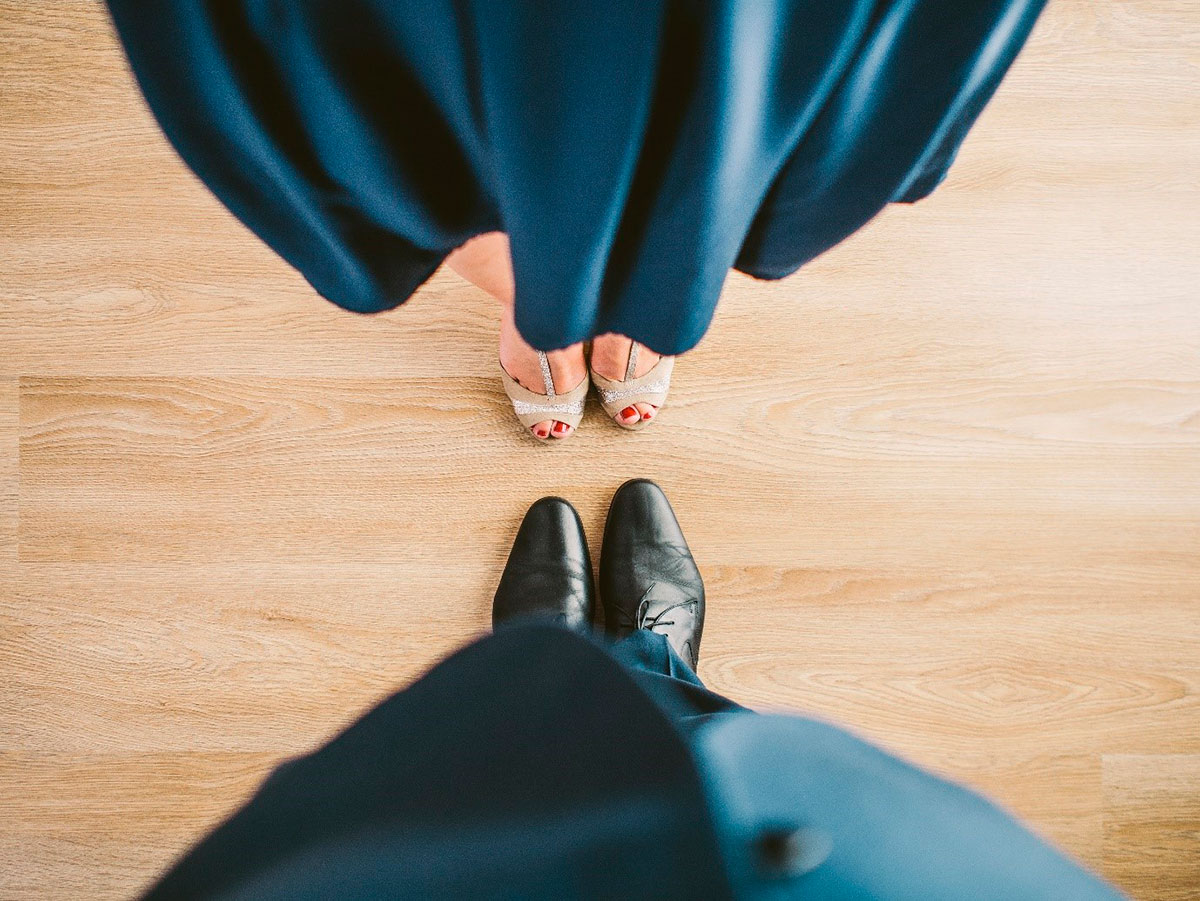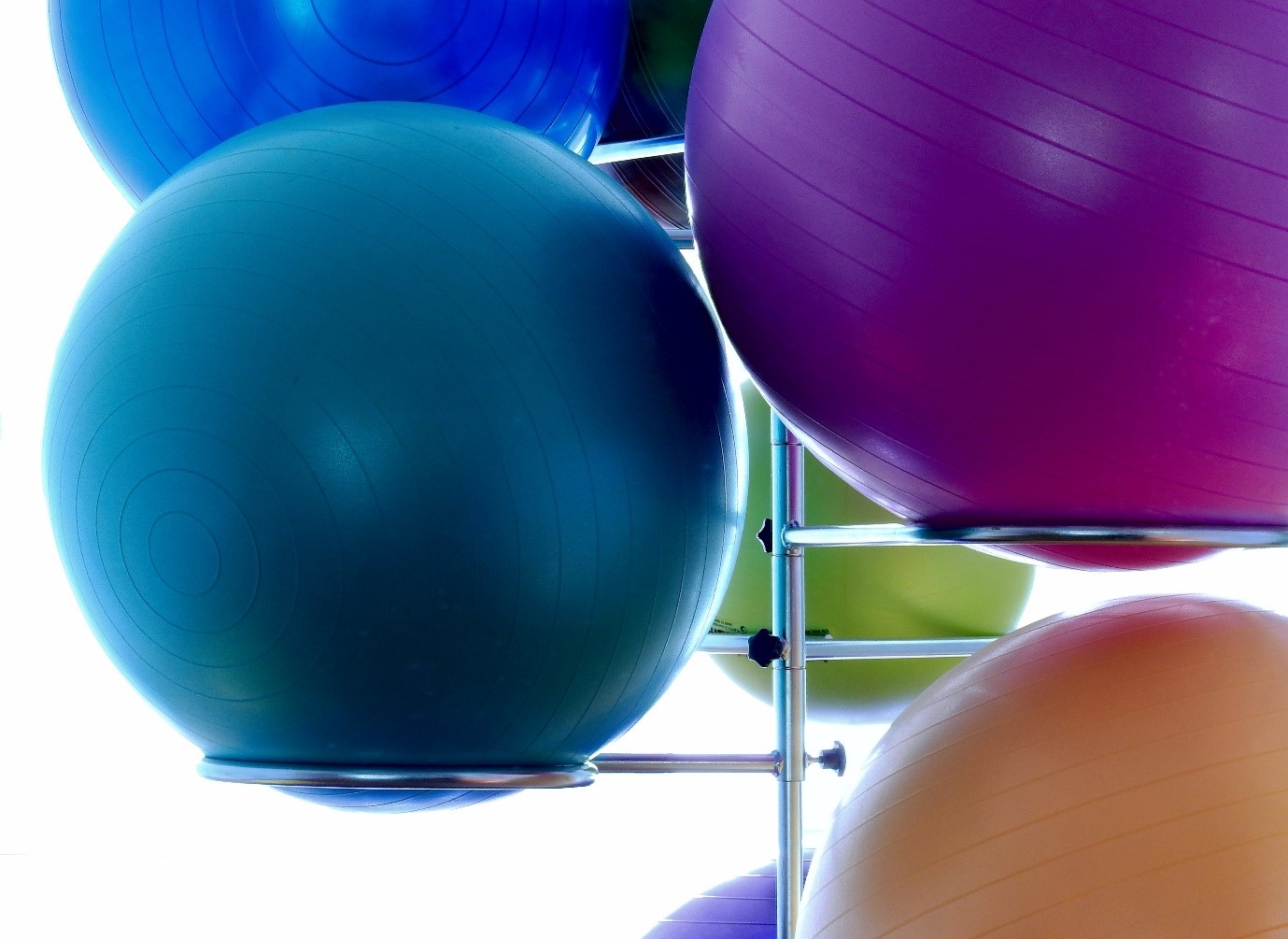Loss of balance, what you need to know about your body’s balance health
What do you know about your balance health? More importantly, what do you know about your loss of balance?

“Most people don’t know about loss of balance unless they have someone who is a friend or a family member who has taken a fall and suddenly, they become ‘Edified’…you get to know only when there is an ‘Event’.” – Moore 2014, Industrial Designer, Gerontologist.
Believe it or not, our balance actually starts to decline after the age of 35! Qualitative research has proven that people do not consider balance health to be an actionable component of their overall health (Grover.S, Johnson.S, Atkin.R and McGinley.C). However, having a strong “core” will help you tremendously at an older age, or at any age for that matter as it helps us keep from falling over when standing or moving.
In Canada, between 20% and 30% of people over the age of 65 fall every year (Public Health Agency of Canada, 2014). Unfortunately, for many people falling at an older age is the start of declining health.
“One of the reasons for a fall is a gradual decline in balance and gait, with the broad category of gait problems being the second commonest specific precipitating cause for falls.” (Rubenstein, 2006)
- How does our balance work?
- How loss of balance can affect your life, especially at an older age
- How to improve your balance, it’s possible!
- How ankle strength and neck mobility can improve your balance
- Stannah Balance: using technology to improve your balance
- Other tips to enable you to get rid of your balance problems
- Improve your balance checklist
- (Fall) Prevention is key
How does our balance work?
Being well balanced prevents us humans from falling when standing or moving, that much we know, but what´s the science behind our body balance?
“Our sense of balance comes from many different systems working together to create stability of your body and your vision”, according to Shannon Hoffman, PT, DPT. She points out the following 3 factors:
– Correct sensory information, from our eyes, muscles, tendons and joints. Most important are the balance organs in the inner ear known as our vestibular system.
– Our brain stem then needs to make sense of all this sensory information and put it all together.
– And finally, the motor output, when all the information has been sorted out by our brain stem, it will send messages to our eyes and other body parts so that we keep balance and have clear vision while moving.
Our vestibular system is the sensory system in our inner ear that tells the brain about the movements and position of our head. That’s why it’s so important to keep your head straight in a car if you suffer from motion sickness, for example. So yes, our ears really do play an important part in maintaining our balance.

How loss of balance can affect your life, especially at an older age
We´ve seen that our sense of balance starts to decline at the age of 35, however it really starts to become an essential component of our health after we´ve turned 60.
- Between 20 and 30% of people over 65 fall every year in Canada.
- Falls account for 34% of all injury-related hospital admissions and 85% of seniors’ injury-related hospitalizations, particularly hip fracture (lumacare, 2014).
- 50% of those hip fractures never regain their former level of function
- Sadly, one in five people over 65 die within three months from the consequences of the fall (Age UK). That number is just too high and needs to be reduced.
When we look at the statistics above, we understand why it’s so important to have good balance! Furthermore, when we fall at an older age its sets in motion an array of negative results. As it can lead to:
- Increased anxiety
- Depression
- Reduced activity
- Reduced social contact
- Higher use of medication
- Greater dependence on medical and social services and other forms of care
Special care should be taken to prevent falls around a staircase. As we lose our balance, we feel less confident and are more hesitant to take the steps. This can cause us to misstep and thus provoke falls.
Luckily, we can do something to help our body and create a better sense of balance! The sooner you begin, the more results you´ll get!
How to improve your balance, it’s possible!
People often think that they’re just clumsy, and keep bumping into things. However, this is usually just an indication that you can improve your balance. Improving your balance can actually be a fun thing to do! And in many cases, when you’re working on your balance you’re also working on another important part of your body.
A research team from the German Center for Neurodegenerative Diseases recently conducted research. This was about the effects of dancing and fitness sports on the balance abilities and hippocampal plasticity of healthy seniors. Basically, they wanted to find out what influence physical activity had on our grey cells as we age. So, a group of 60-year-olds got together and enrolled in several classes, like dancing, general fitness, Nordic walking and cycling for 18 months.
After the established period, the patients had MRI-scans, and they discovered that the hippocampus (the part of the brain responsible for our memory and keeping our balance) had grown. Especially for those who had taken dance classes!
“Dancing seems a promising activity for both improving balance and brain structure in the elderly”K. Rehfeld et al.
Therefore, if you’re looking for balance exercises for seniors, enrolling in some dance classes is not only fun and a great way to find new social contacts, it’s also great for our brains and balance!

How ankle strength and neck mobility can improve your balance
As we’ve seen, much of our balance depends on actions that come from our brains and are connected to other body parts. However, having a strong core and therefore stable balance is of course also indispensable. We’ve already seen that dancing is good for both your brain and your body. What are other easy exercises we can do to improve our overall balance?
In order to prevent falling, having stable and strong ankles is essential. You can improve your ankle strength just by standing on one leg! Alternate between your legs, and hold it for 30 seconds, working up to one minute per leg. Make it more interesting and do this exercise with a partner, every time you swap legs, throw and catch a ball. These are simple and easy-to-do exercises that you can fit in to your everyday life.
Neck mobility seems like something so basic, but think about it: if you can’t move your neck smoothly, you can’t really see where you’re putting your feet as you walk; thus, enhancing the chances of a fall. There are several easy exercises you can do by yourself, like nodding your head, chin right to your chest as far as you can go and back up. You can repeat these 10 times, you then can go on and do the exact same movement but this time from side to side. It goes without saying that you should always consult a professional should you want to learn more about this or get medical advice.
Other tips to enable you to get rid of your balance problems:
Pilates is also very effective for improving your core and therefore your balance! It will work all your balance muscles and strengthen your core like no other exercise (and it’s actually really fun). It might be worth looking up places where you can take classes near your home.
Also, in Canada, there are Free exercise and fall prevention classes that help to improve balance, strength and confidence. Follow the link to read more about these!

Improve your balance checklist
We’ve gathered all the important improvement points we’ve been talking about so you can see what you can do to improve your balance: And remember, it’s not just clumsiness!
- In many cases when you’re working on your balance, you’re also working on another important part of your body like your brain
- Enrolling in dance classes is great for our brains and balance! It’s also fun and a great way to find new friends
- Having stable and strong ankles is essential
- Exercise by standing on one foot
- Exercise with a partner, by playing catch while a standing on one foot
- Simple and easy to do exercises that you can fit in to your everyday life
- Pilates is also very effective for improving your core and therefore your balance
- Neck mobility can improve with several easy exercises that you can do by yourself
(Fall) Prevention is key
Credit: Photo by Sarah Cervantes on Unsplash
In conclusion, we can say that loss of balance isn’t very easy to detect. Our balance starts to decline at the age of 35, however, we only start noticing the “dangers” when we reach the age of 60. We might get a bit clumsier or need to hold on to something for stability more often, those can be considered red flags. Very often people only start to pay attention when they’ve already fallen at least once, but we should try to avoid that by preventing the initial fall and strengthening our core and stability the best we can.
You might also like to read:

 USA
USA